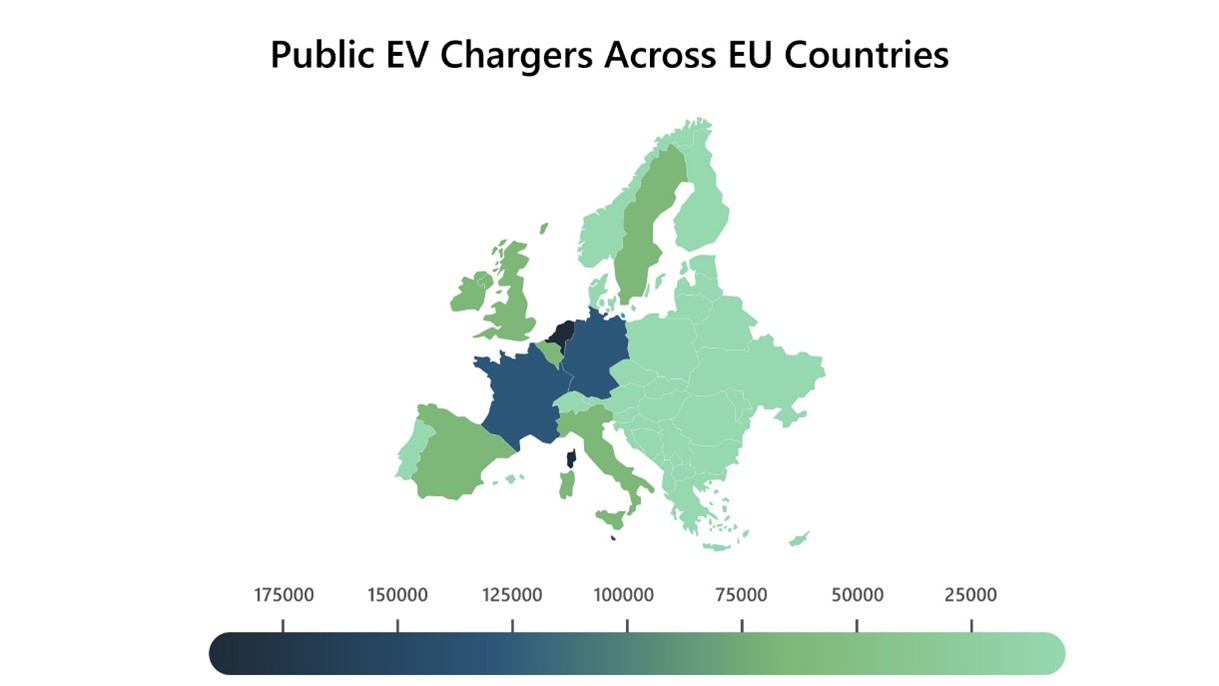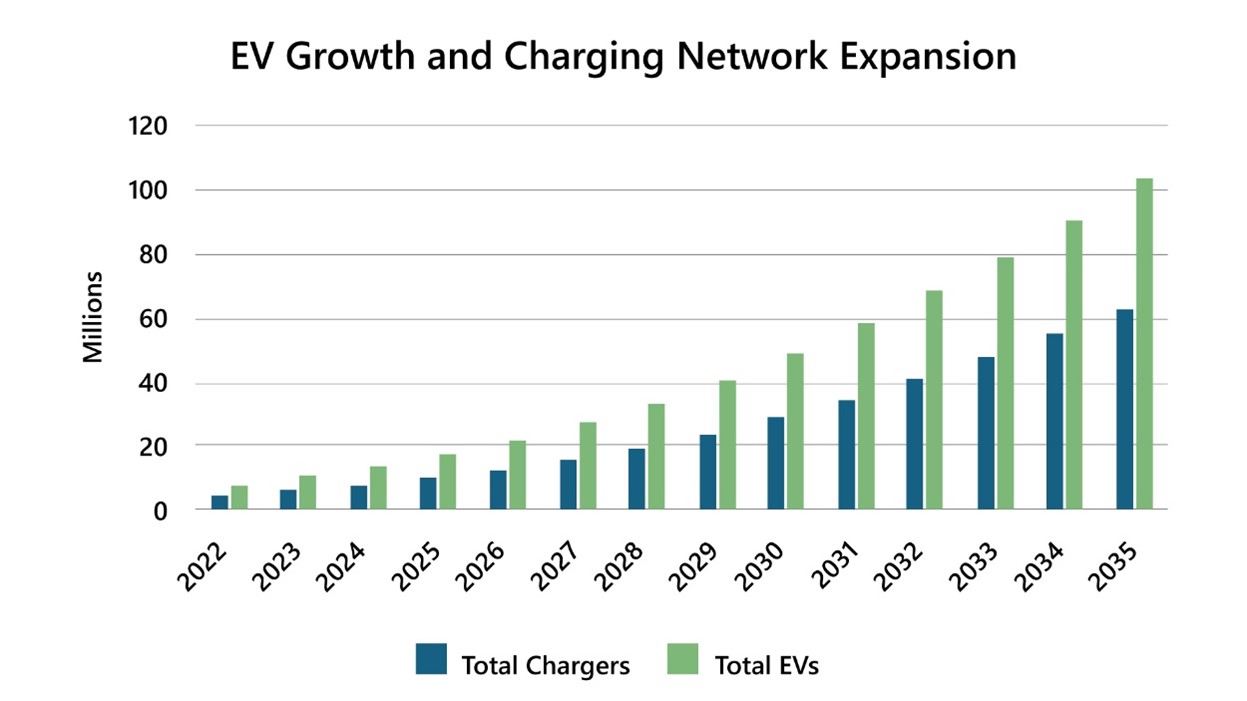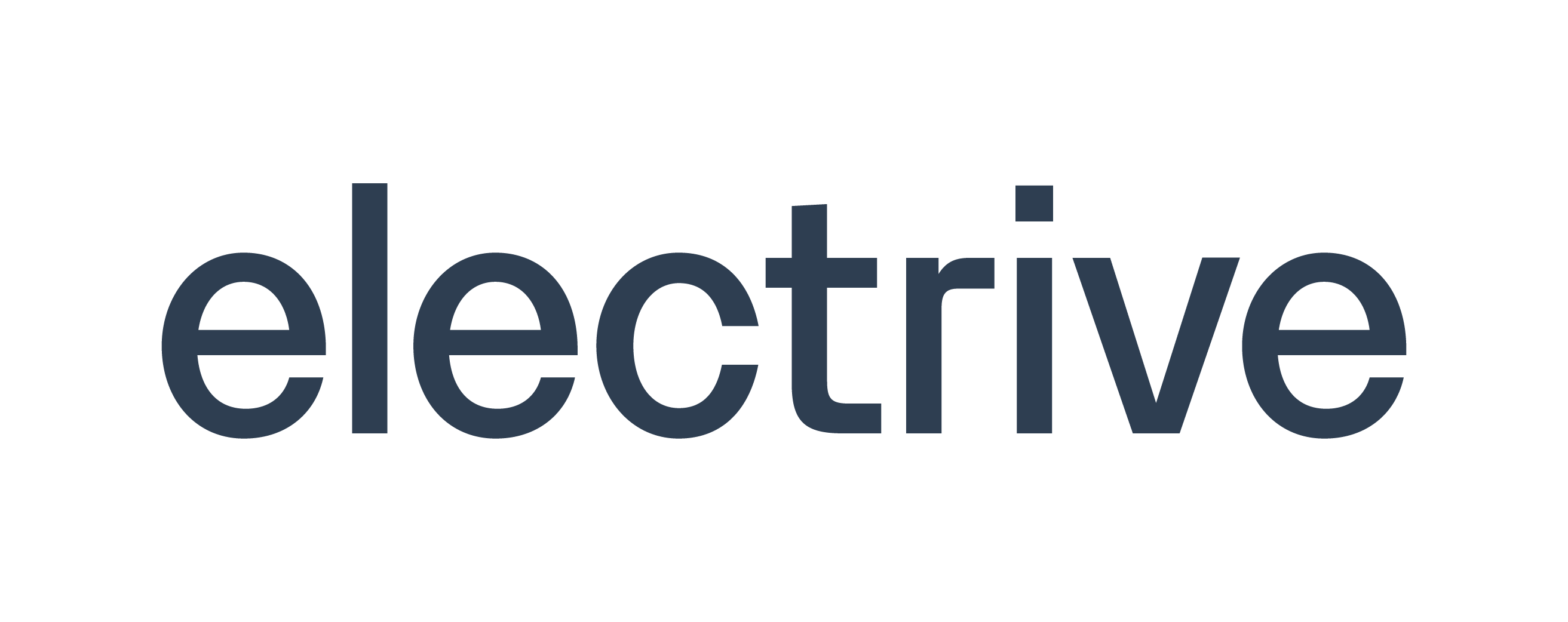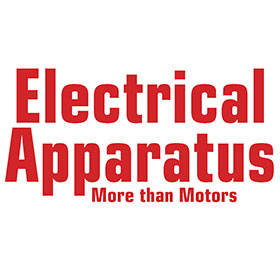By Head of Electric Mobility Research, Muhammad Rafey Khan– at PTR Inc.
-
Key EU policies, including the goal to phase out new petrol and diesel cars by 2035, are accelerating investments in EV technology and infrastructure.
-
Notable initiatives, such as the Fit for 55 package and the 2035 ban on ICE vehicles, reinforce this commitment to a greener future.
-
However, these challenges also present a range of opportunities for innovation and investment.
Europe is undergoing a profound transformation as it shifts from internal combustion engine (ICE) vehicles to electric vehicles (EVs), driven by its ambitious decarbonization strategy. Key EU policies, including the goal to phase out new petrol and diesel cars by 2035, are accelerating investments in EV technology and infrastructure.
Notable initiatives, such as the Fit for 55 package and the 2035 ban on ICE vehicles, reinforce this commitment to a greener future. However, the widespread adoption of EVs is closely tied to the availability, reliability, and affordability of charging networks. This article explores the multifaceted challenges and emerging opportunities in the development of Europe’s EV charging infrastructure, which will be pivotal in determining the success of the continent's electric vehicle transition.
Key Challenges in EV Charging Infrastructure Development
The transition to electric vehicles (EVs) in Europe faces several challenges, from slow infrastructure deployment to economic pressures and grid limitations. Addressing these obstacles is crucial to accelerating the expansion of EV charging networks and ensuring the success of the region's electrification efforts. Below, we explore the key hurdles currently impacting the development of Europe's EV charging infrastructure.
Slow infrastructure deployment
While public charging points surpassed 1 million by the end of 2024, the pace of infrastructure expansion is not keeping up with the growing adoption of battery electric vehicles (BEVs). To meet emission targets, the EU will need 3.5 million charging points by 2030, as estimated by European Commission, requiring nearly 2.5 million installations over the next six years—approximately 412,000 per year, or 7,900 per week.
Macroeconomic pressures
In 2024, economic uncertainty and regional conflicts led to a 5.33% contraction in the electric vehicle charging infrastructure (EVCI) market. Germany and Switzerland saw sharp declines of 25.5% and 19.68%, respectively. However, a rebound of 19.77% is expected in 2025, driven by stabilized financial conditions and renewed policy support.
Uneven deployment
While some countries, like the Netherlands, France, and Germany, lead in infrastructure development, many EU nations lag behind. These three countries account for nearly 50% of all public charging points, despite representing only 20% of the EU’s area, leaving vast regions underserved.
Grid capacity limitations
As charging infrastructure grows, Europe’s aging power grid faces increasing strain. By 2030, many low-voltage lines will be over 40 years old. Investments in grid upgrades have been insufficient, with current spending, according to Eurelectric, falling far short of the €67 billion needed annually to support the energy demands of expanding EV infrastructure.
Investment shortages
Over €80 billion is required by 2035 to meet charging infrastructure demands, with €50 billion needed for private chargers and €30 billion for public ones. However, uncertain returns in early-stage markets, combined with high installation costs in low-adoption areas, present significant financial risks for operators, slowing expansion.
Approval and permitting delays
Deploying high-power DC chargers is time-consuming, often requiring over 14 months to secure planning permissions and complete construction. Delays in obtaining approvals from local and transport authorities extend deployment timelines significantly.
Grid connection and hardware shortages
Grid connection and infrastructure upgrades are bottlenecks. Approvals for new substations can take 5 to 8 months, and transformer delivery may take up to 20 months. Additionally, limited smart meter penetration hampers real-time grid monitoring, further complicating demand forecasting and infrastructure planning.

Figure 1: Public EV Chargers Across EU Countries
Source: PTR Inc.
Key Opportunities in the EV Charging Infrastructure Development
As the demand for electric vehicles (EVs) grows, significant opportunities emerge for investment and innovation in the charging infrastructure market. From ultra-fast charging to scaling infrastructure and addressing regional gaps, these opportunities can drive the next phase of Europe's electrification push. The following highlights key areas where businesses, governments, and technology providers can capitalize on this growth to support the rapid adoption of EVs.
Ultra-fast charging
With only 11% of EU public charging points being high-power chargers and a growing gap in charging capacity, the demand for ultra-fast charging is set to rise. Deploying 350 kW chargers, capable of fully charging a vehicle in 15 minutes, can significantly reduce charging times, alleviate range anxiety, and make EVs more practical for both personal and commercial use. Addressing this gap now presents a major investment opportunity and a competitive advantage as EV adoption accelerates.
Scaling charging infrastructure to meet soaring demand
As BEVs are projected to grow significantly by 2030, the need for more charging solutions is clear. The EU recommends one public charger per 10 BEVs, yet many regions already surpass this ratio. Private sector involvement, including corporate fleet hubs and residential charging solutions, will be key to bridging this gap. Investing in scalable, future-proof charging infrastructure will be crucial to supporting Europe's electrification goals.

Figure 2: EV Growth and Charging Network Expansion
Source: PTR Inc.
Streamlining the approval process for faster deployment
Standardizing and simplifying the approval process can dramatically reduce delays and costs associated with charging infrastructure deployment. Clear guidelines and transparent permitting frameworks will accelerate timelines and boost investor confidence, helping ensure that EV networks expand more quickly across Europe.
Addressing charging gaps in underserved regions.
While urban areas are seeing rapid infrastructure growth, rural and suburban regions remain underserved. Expanding coverage in these areas through public-private partnerships and targeted incentives will be key to ensuring that EV adoption is accessible to all, helping drive widespread market acceptance.
Grid-integrated smart charging and energy management
With the increasing demand for charging, grid strain is inevitable. Smart charging technology, which optimizes charging schedules based on grid demand and renewable energy availability, offers a major opportunity for innovation. Integrating vehicle-to-grid (V2G) solutions and AI-driven energy management can improve grid efficiency while providing cost savings for EV users, tapping into a growing market for advanced charging solutions.
Discover more opportunities in E-Mobility on CWIEME Berlin 2025’s live content stages.
Explore E-Mobility Stage Agenda
Looking Ahead
The transition to electric vehicles (EVs) is a defining element of Europe’s decarbonization strategy, and the development of a robust charging infrastructure is essential for supporting this shift. While significant progress has been made, challenges such as slow infrastructure deployment, economic pressures, grid capacity limitations, and investment gaps still hinder the acceleration of EV adoption. However, these challenges also present a range of opportunities for innovation and investment. From ultra-fast charging solutions to the integration of smart grid technologies, addressing infrastructure gaps, and streamlining approval processes, stakeholders have a unique opportunity to shape the future of Europe’s EV ecosystem.
As the demand for electric vehicles continues to rise, the expansion of charging networks must accelerate to keep pace. By overcoming existing barriers and capitalizing on emerging opportunities, Europe can ensure a seamless and sustainable transition to a greener, electrified future. Strategic investments, policy support, and technological advancements will play a critical role in unlocking the full potential of EVs and driving Europe's success in achieving its climate and energy goals.

Muhammad Rafey Khan
Head of Electric Mobility Research - PTR Inc.
About PTR: With over a decade of experience in the Power Grid and New Energy sectors, PTR Inc. has evolved from a core market research firm into a comprehensive Strategic Growth Partner, empowering clients’ transitions and growth in the energy landscape and E-mobility, particularly within the electrical infrastructure manufacturing space.




















